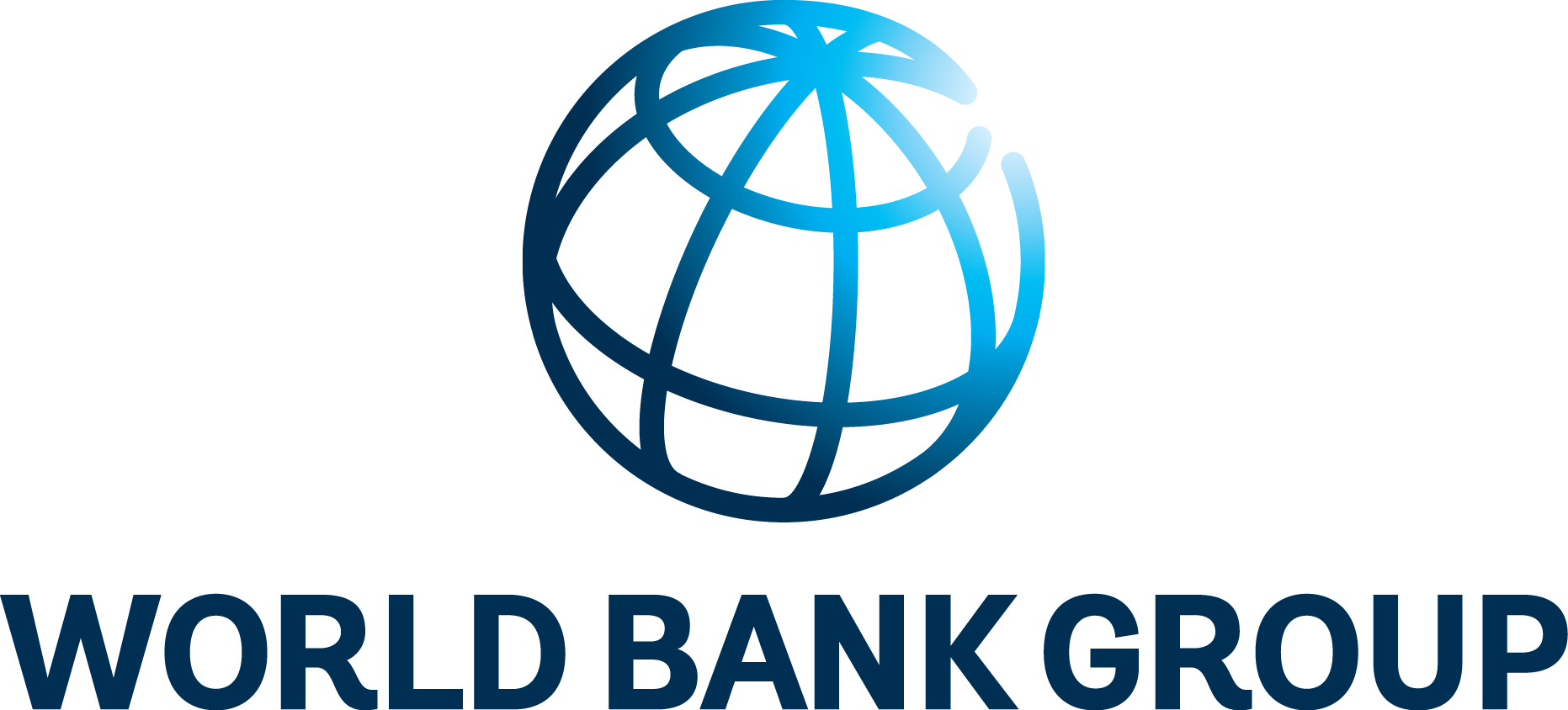The World Bank is a vital source of financial and technical assistance to developing countries around the world. We are not a bank in the ordinary sense but a unique partnership to reduce poverty and support development. The World Bank Group has two ambitious goals: End extreme poverty within a generation and boost shared prosperity.
- To end extreme poverty, the Bank's goal is to decrease the percentage of people living on less than $1.25 a day to no more than 3% by 2030.
- To promote shared prosperity, the goal is to promote income growth of the bottom 40% of the population in each country.
The World Bank Group comprises five institutions managed by their member countries.
The World Bank Group and Land: Working to protect the rights of existing land users and to help secure benefits for smallholder farmers
The World Bank (IBRD and IDA) interacts primarily with governments to increase agricultural productivity, strengthen land tenure policies and improve land governance. More than 90% of the World Bank’s agriculture portfolio focuses on the productivity and access to markets by small holder farmers. Ten percent of our projects focus on the governance of land tenure.
Similarly, investments by the International Finance Corporation (IFC), the World Bank Group’s private sector arm, including those in larger scale enterprises, overwhelmingly support smallholder farmers through improved access to finance, inputs and markets, and as direct suppliers. IFC invests in environmentally and socially sustainable private enterprises in all parts of the value chain (inputs such as irrigation and fertilizers, primary production, processing, transport and storage, traders, and risk management facilities including weather/crop insurance, warehouse financing, etc
For more information, visit the World Bank Group and land and food security (https://www.worldbank.org/en/topic/agriculture/brief/land-and-food-security1
Resources
Displaying 1911 - 1915 of 4907Conserving the Past as a Foundation for the Future : China-World Bank Partnership on Cultural Heritage Conservation
The rich cultural heritage of China is
an essential touchstone of its collective identity. The
country's archaeological sites, historic architecture,
expressive arts, cultural landscapes, and ethnic diversity
also are treasured around the world. Despite their
importance, China's cultural assets are under
tremendous pressure due to the country's rapid
development, particularly its rapid urbanization. Moreover,
Developing an Energy Efficient Urban Transport Plan for Zarqa City Downtown Area
To promote energy efficiency in the
delivery of city services, the Energy Sector Management
Assistance Program (ESMAP) in the World Bank launched a
multi-year initiative, the Energy Efficient Cities
Initiative (EECI), in December 2008 to help scale-up energy
efficiency improvements in developing country cities around
the world. One of the tools to help scale up energy
efficiency improvements under the EECI program is the
Managing the Invisible : Understanding and Improving Groundwater Governance
Groundwater is playing an increasingly
important role in domestic, industrial and agricultural
water supply. With the advent of the tube well and driven by
the rapid growth of demand for agricultural and municipal
water, annual global groundwater extraction has increased in
recent decades from 100 k
Commercial Woodfuel Production : Experience from Three Locally Controlled Wood Production Models
Woodfuels (firewood and charcoal) are
the dominant energy source and the leading forest product
for most developing countries. Representing 60 to 80 percent
of total wood consumption in these nations, woodfuels often
account for 50 to 90 percent of all energy used. Although
woodfuels are widely perceived as cheap and primitive
sources of energy, commercial woodfuel markets are
frequently very large, involve significant levels of
Living without Sanitary Sewers in Latin America : The Business of Collecting Fecal Sludge in Four Latin American Cities
The present report spotlights the major
challenges and the opportunities that lie ahead in fecal
sludge management and summarizes the findings from four case
studies that describe the current and potential market for
sludge removal, collection, and disposal in peri-urban
areas. These areas, inhabited by a variety of ethnic,
religious, and cultural groups, typically struggle with high
population density, insufficient land use planning, high






